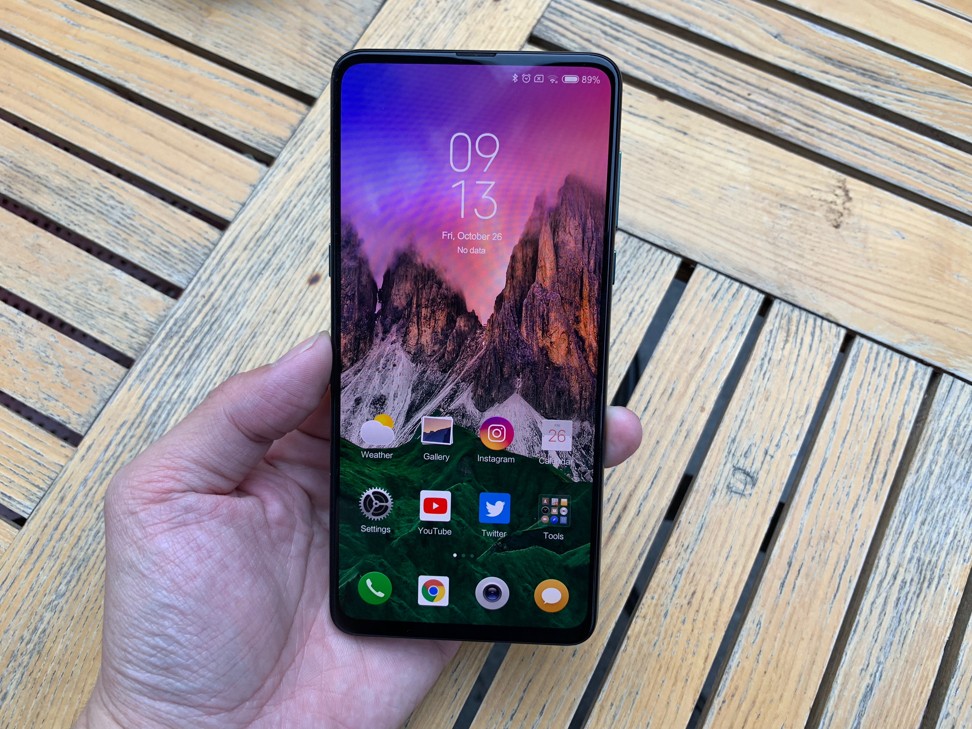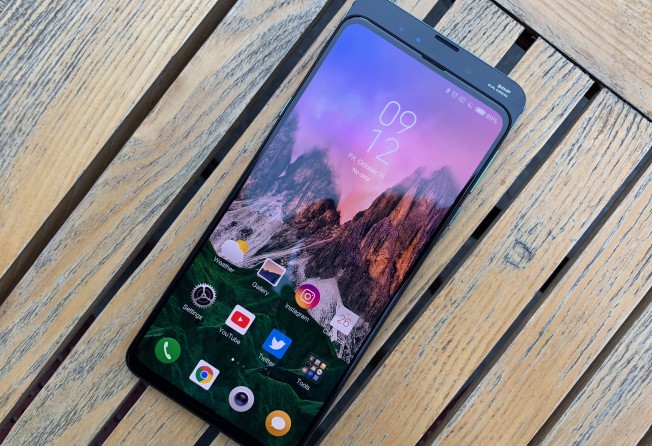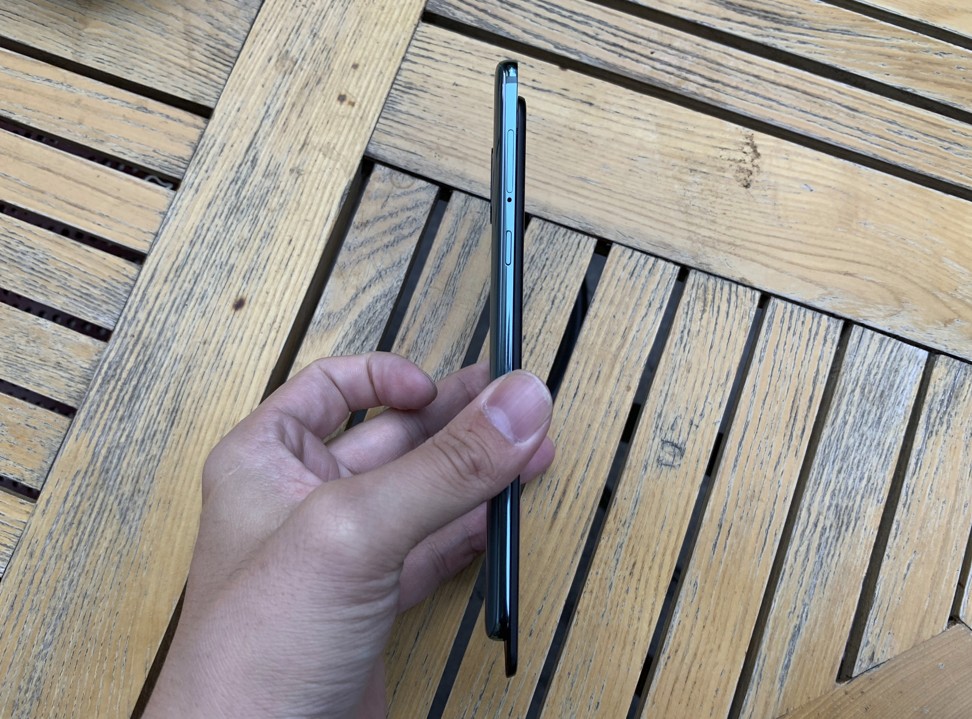
Xiaomi Mi Mix 3 first impression: no notch needed thanks to a satisfying slider screen
- The selfie camera and proximity sensor are housed behind the screen
- Users just need to slide down the screen with their finger to access the front camera

The original Xiaomi Mi Mix launched the bezel-free phone movement in late 2016. So can the Mi Mix 3 do the same for the slider design?
Launched in Beijing last week, the new flagship device has an all-screen look that, refreshingly, isn’t obscured by a notch. Instead, the crucial smartphone components such as the selfie camera and proximity sensor that make the notch a necessity on many handsets – including Xiaomi’s own Mi 8 – are housed in a component that rests behind the screen.
When they’re needed, the user merely has to drag their finger down on the screen with a bit of pressure to “slide” the phone screen down.
This design is not new to anyone old enough to have owned smartphones in the early 2000s, when brands such as LG and Danger released phones that slid open to reveal a keyboard or dial pad.
If you owned one of those devices, you’ll remember the satisfying“click” each time you opened or closed the device. The Mi Mix 3 offers that same audio and tactile feedback.



Other than the slider design, there’s not much about the Mi Mix 3 that really stands out. This isn’t so much a knock at the phone, but a comment on how flooded the market is with new Androids. With the Mi Mix 3, you’ll find a 6.4-inch OLED display sourced from Samsung; a Snapdragon 845 processor paired with either six, eight, or a whopping 10GB of RAM; and the usual dual-camera system on the back. All of the above are still top tier specs, they’re just not new.
During my day of testing, I found the phone operated smoothly. Xiaomi’s MIUI software is on version 10 and it is cleaner, leaner, and more aesthetically pleasing than other Chinese Android skins. It helps that underneath the MIUI is the latest version of Android, 9.0. The unit I tested has 8GB of RAM and performed very smoothly. I can’t imagine the 10GB RAM version bringing any tangible performance boost.
I didn’t notice much, if any, improvement to the rear or front camera set-ups compared to the Mi Mix 2S that hit the market this past spring – there is a new front-facing depth sensor to help produce bokeh selfies, however.


The performance and power of the device are good (although nothing special), but I really like the slider. While it affords a notchless design that improves immersion when watching videos or gaming, I mostly just find it very satisfying to slide a moving part up and down, and feel the mechanism clicking into place.
Because the Mi Mix 3’s entire body moves and is controlled by hand, it feels less likely to wear out or malfunction than the smaller mechanical pop-up module seen in the Oppo Find X – but that’s just a guess on my part.
Of course, as is usual with Xiaomi devices, the Mi Mix 3 is great value compared to almost everything else out there not named OnePlus. The base model of the phone with 6GB RAM and 128GB of storage sells for 3,299 yuan (US$475), while the top-of-the-line variant with 10GB RAM, 256GB of storage and extra fluff like gold trims, sells for 4,999 yuan. Every phone comes with a free wireless charger in the box.
So far, the only shortcomings of the Mi Mix 3 – and these are really only shortcomings if I compare it to phones that cost twice as much – is the relatively small 3,200 mAh battery and lack of water resistance.